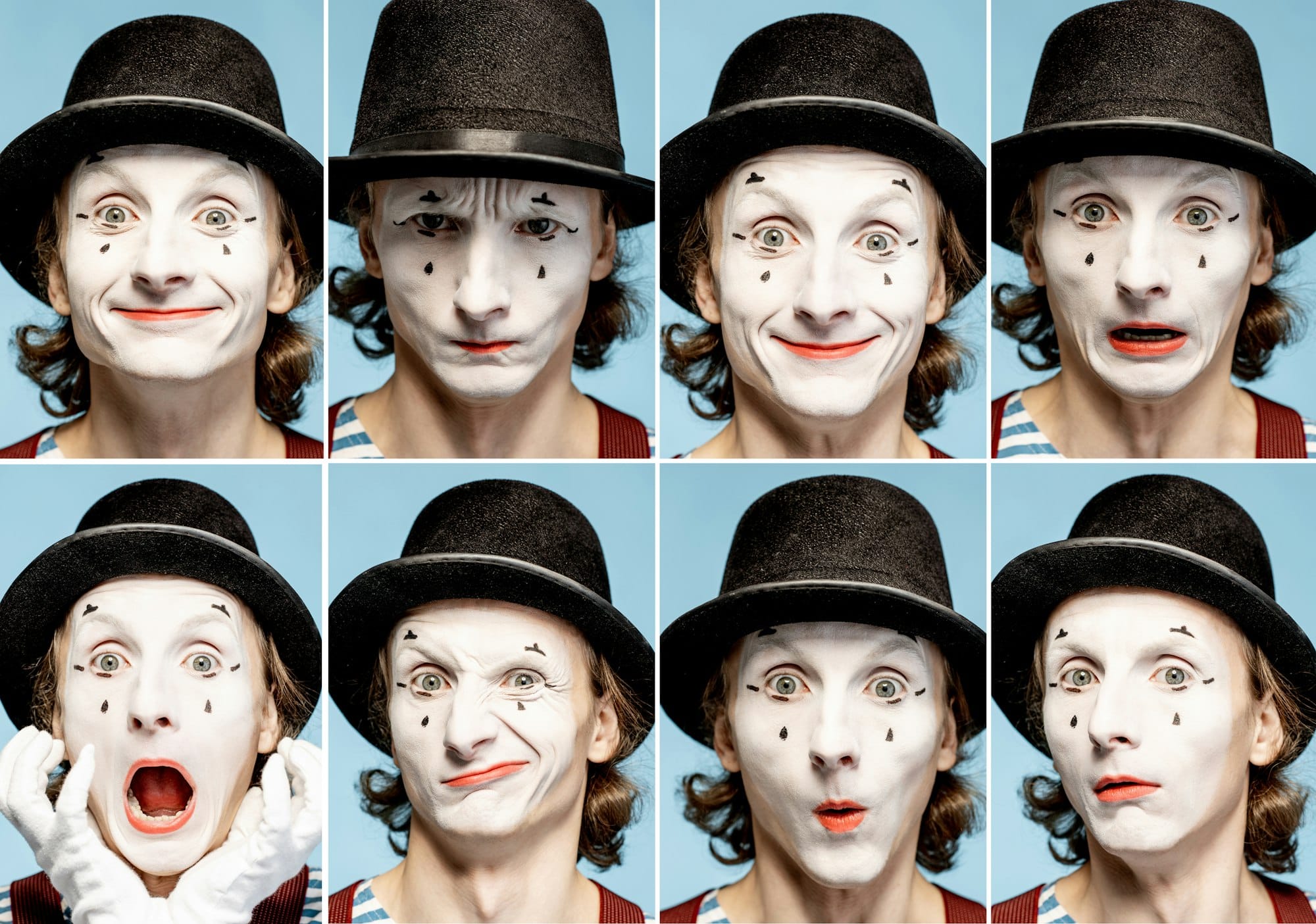Welcome dear reader! You are about to embark on a magical journey into the heart of British tradition – a world of laughter, music, and festive joy. As the holiday season approaches, the city of London transforms into a wonderland of twinkling lights and decorated trees. But, beyond the beautiful cityscape, there lies a time-honoured tradition that draws people from far and wide – the traditional British pantomime, affectionately known as ‘panto’.
A brief history of Pantomime
If you’re unfamiliar with the term ‘panto’, let us whisk you back in time to the 16th century. The roots of pantomime can be traced back to Italian ‘commedia dell’arte’, a form of theatre characterized by masked ‘types’ which began in Italy in the 16th century. The English adopted this form and it gradually evolved into the modern-day pantomime that we know today.
A découvrir également : Your perfect day: st peter's basilica tickets explained
But the true evolution of panto as a comedic, family-oriented form of entertainment began in the 19th century. The father of modern pantomime, Joseph Grimaldi, introduced comedic elements and the role of the Dame in the early 19th century. The ‘Dame’, often played by a man, introduced the tradition of cross-dressing, which has since become a staple of pantomime.
The tradition of the ‘principal boy’, usually a heroic character and often played by a young woman, also originates from this period. Grimaldi, with his makeup and exaggerated expressions, is also credited with the creation of the modern clown, known as ‘Joey’.
Dans le meme genre : Where can you learn about the War of the Roses through interactive exhibits in Yorkshire?
The Core Elements of a Panto
Fast forward to the 21st century and the spirit of Grimaldi’s pantomime remains. Pantos typically revolve around a classic fairytale or story, retold with a healthy dose of slapstick comedy, audience participation, and topical references.
In a typical Panto, you’ll find the Dame, the Principal Boy, the love interest (often a Princess), a villain, and a host of supporting characters. The story is often narrated by a magical character, such as a Fairy Godmother.
A unique feature of pantomimes is the direct engagement with the audience. The characters often break the fourth wall, speaking directly to the audience, encouraging them to sing along, boo at the villain, or warn the characters of impending danger ("He’s behind you!"). This level of audience interaction is a distinctive characteristic of a pantomime that makes it a thoroughly engaging theatrical experience.
Panto Culture in London
London, the epicentre of British theatre, has a rich history of pantomime. From lavish productions in the West End to smaller, community-based pantos, London’s stages come alive with the spirit of panto during the Christmas season.
In recent years, the genre has seen a resurgence in popularity, with many London theatres offering Christmas pantomimes as part of their festive programming. A trip to a London panto can be a memorable experience for both children and adults, offering an opportunity to take part in a uniquely British tradition.
If you’re looking to indulge in some panto fun, there’s no shortage of options in London. The London Palladium, Hackney Empire, Lyric Hammersmith, and the Theatre Royal Stratford East are among the many venues that host Christmas pantos. These productions often feature celebrity appearances, adding an extra layer of excitement to the festivities.
How to Prepare for a Panto
If you’re planning to attend a panto in London, it’s essential to understand the etiquette and customs associated with this unique form of entertainment.
Firstly, don’t be surprised by the level of audience participation. As mentioned earlier, pantomimes thrive on audience interaction. Cheering for the hero, booing the villain, and joining in the communal sing-alongs are all part of the panto experience.
It’s also worth noting that while pantomimes are family-friendly, they often include a layer of adult humour that sails over the heads of younger viewers, adding another layer of enjoyment for the adults in the audience.
Lastly, and perhaps most importantly, let yourself be swept away by the magic of pantomime. This is a tradition that celebrates imagination, humour, and festive cheer. So, sit back, relax and let the colourful world of pantomime transport you to a place where anything is possible.
In conclusion, the traditional British pantomime is a must-experience event, a tradition steeped in history, filled with laughter, audience participation, and festive joy. Whether you’re a London local or a visitor, a trip to a Christmas panto is a wonderful way to immerse yourself in the spirit of the holiday season.
Pantomime’s Most Popular Performances
The most enchanting pantomimes in Britain often draw from our beloved fairy tales and fables, such as Snow White, Jack and the Beanstalk, and Dick Whittington. These stories come to life on stage with the exaggerated humour, musical numbers, and the unique elements of British pantomime.
Dick Whittington, one of the most popular pantomime stories, is based on the real-life Richard Whittington, a medieval merchant who became the Lord Mayor of London. The tale is a classic rags-to-riches story, with Dick and his cat setting off for London to seek their fortune, facing many challenges along the way.
The performances often feature elaborate costumes, vibrant sets, and a cast of colourful characters. For instance, in Snow White, the pantomime dame often plays the role of the wicked stepmother, while the principal boy could be the handsome prince.
Another classic is Mother Goose, believed to be one of Joseph Grimaldi’s greatest performances at the Theatre Royal Drury Lane. In this panto, the dame becomes the central character Mother Goose, who is tempted by vanity and wealth but ultimately learns the value of friendship and inner beauty.
Apart from these, there are many other popular pantomime stories, including Cinderella, Aladdin, and Sleeping Beauty. Each of these pantomimes brings a unique blend of fairytale magic and modern humour, ensuring a delightful mix of nostalgia and contemporary entertainment.
The Impact of Pantomime on British Culture
Beyond the laughter and holiday cheer, pantomime has played a significant role in shaping British culture. It is an art form that speaks to the heart of the United Kingdom’s theatrical history and has influenced various other forms of popular entertainment.
In the late 19th century and early 20th century, the tradition of pantomime spread to the music halls – popular entertainment venues that hosted a variety of acts. Many elements of pantomime, such as slapstick comedy and audience participation, became staples in these music hall performances.
The Victoria and Albert Museum, known for its extensive collection of art and design, houses a rich collection of pantomime memorabilia, including costumes, set designs, and scripts. This further underlines the cultural significance of this unique British tradition.
Pantomime has also had a considerable influence on British television, particularly children’s programming. Shows have often borrowed elements such as the good fairy and the pantomime dame, blurring the lines between stage and screen.
In conclusion, visiting a traditional British pantomime is more than just a theatre trip – it’s an immersion into a rich, cultural history. From the principal boy to the audience participation, every element of a panto performance is steeped in tradition. So, whether you’re watching Mother Goose at the Theatre Royal or Jack and the Beanstalk at the Queen Elizabeth Hall, you’re participating in a living, breathing part of the United Kingdom’s cultural heritage.









